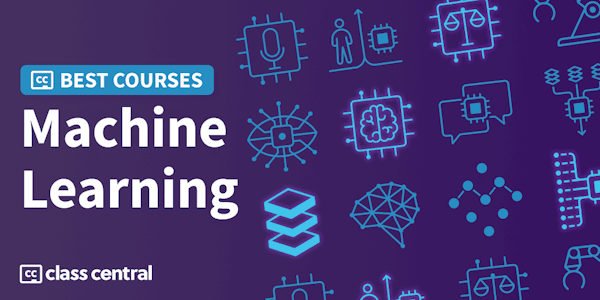This course is focused on teaching the LoRA methodology for training Stable Diffusion, a deep learning model for generating images from text prompts. The course starts with an introduction speech and covers the installation of the LoRA extension to the Stable Diffusion Web UI.
The course then moves on to preparation of the training set images by properly sized cropping, which is done using Paint .NET, an open-source image editing software. It also explains what Low-Rank Adaptation LoRA is and how to start the preparation for training using the DreamBooth tab - LoRA.
The next section covers the explanation of all training parameters, settings, and options, including how many training steps equal one epoch, save checkpoints frequency, and how to set the path for training images. The course also covers the Classification Dataset Directory, training prompt, Class and Sample Image Prompt in SD training, and Image Generation settings.
Once the setup is complete, the course explains how to start the training process, how and why to tune your Class Prompt generating generic training images, and why we generate regularization generic images by class prompt. It also covers how much GPU, CPU, and RAM the class regularization image generation uses, and how to resume training after training has crashed or you close it down.
The course covers lifetime vs. session training steps, how to pick a checkpoint to generate a full model .ckpt file, and how to generate a full model .ckpt file from a LoRA checkpoint .pt file. It also explains how to do inference and generate new images using the text2img tab with our newly trained and generated model.
The course then moves on to setting up the training parameters/options for SD version 1.5 and re-generating class regularization images since SD 1.5 uses 512 pixel resolution. The training of Stable Diffusion 1.5 using the LoRA methodology and teaching a face has been completed and the results are displayed. The inference text2img results with SD 1.5 training are also covered.
Finally, the course covers how to give more attention/emphasis to certain keywords in the SD Web UI, how to generate more than 100 images, how to check PNG info to see used prompts and settings, how to upscale using AI models, fixing face image quality, especially eyes, with GFPGAN visibility, and how to batch post-process. The course also explains where batch-generated images are saved.
Overall, this course provides a comprehensive introduction to LoRA methodology for training Stable Diffusion and covers everything from setup to inference and post-processing.

